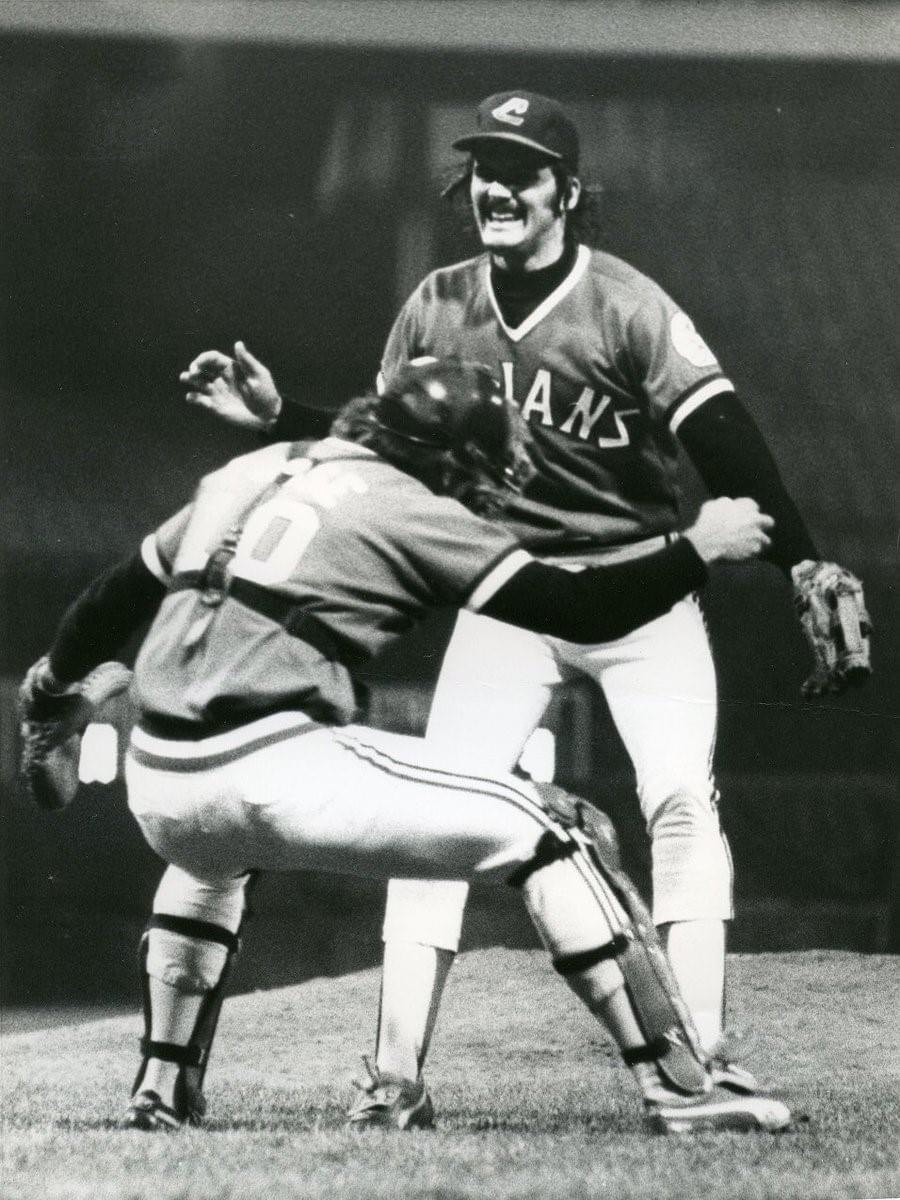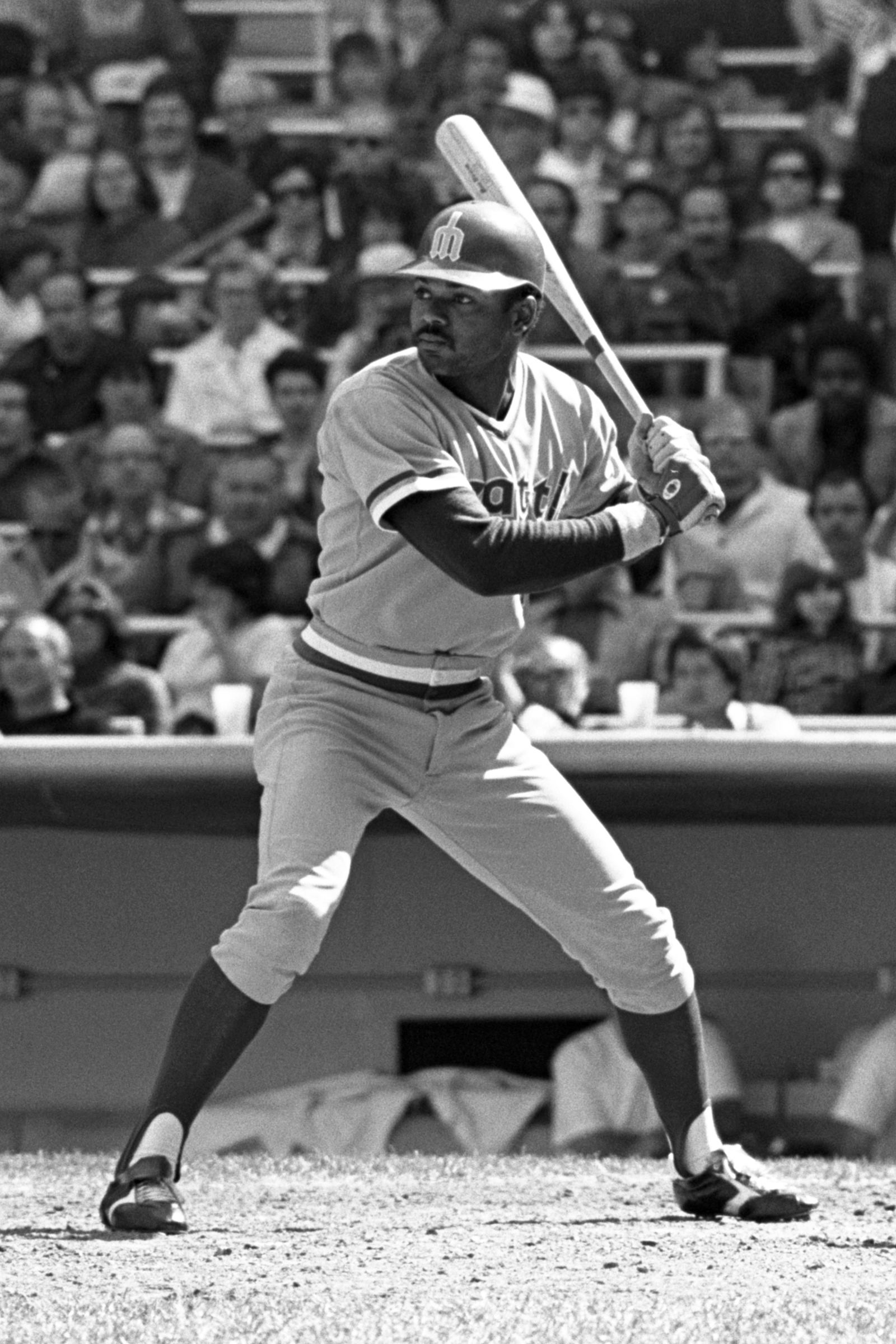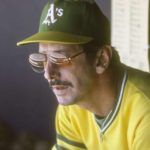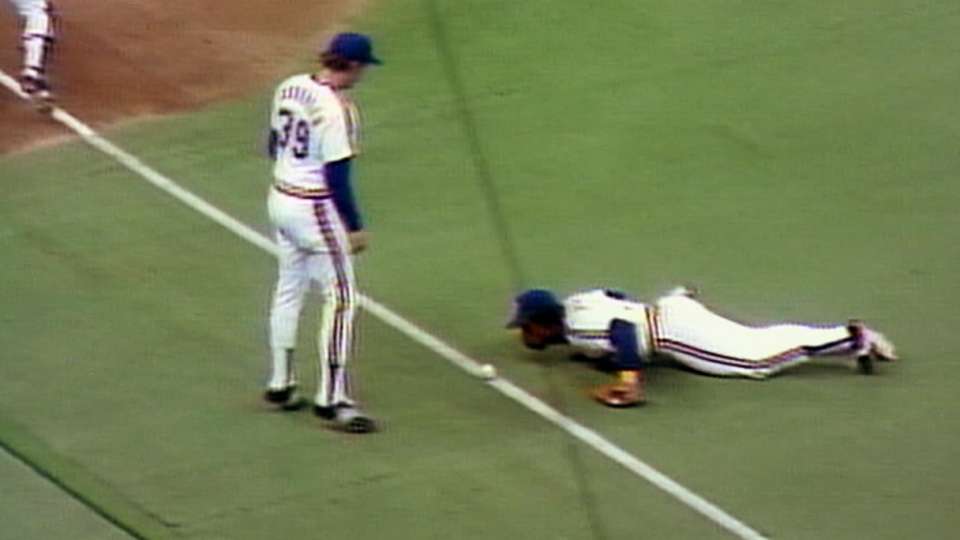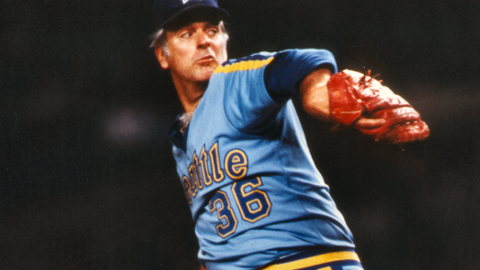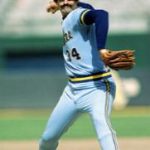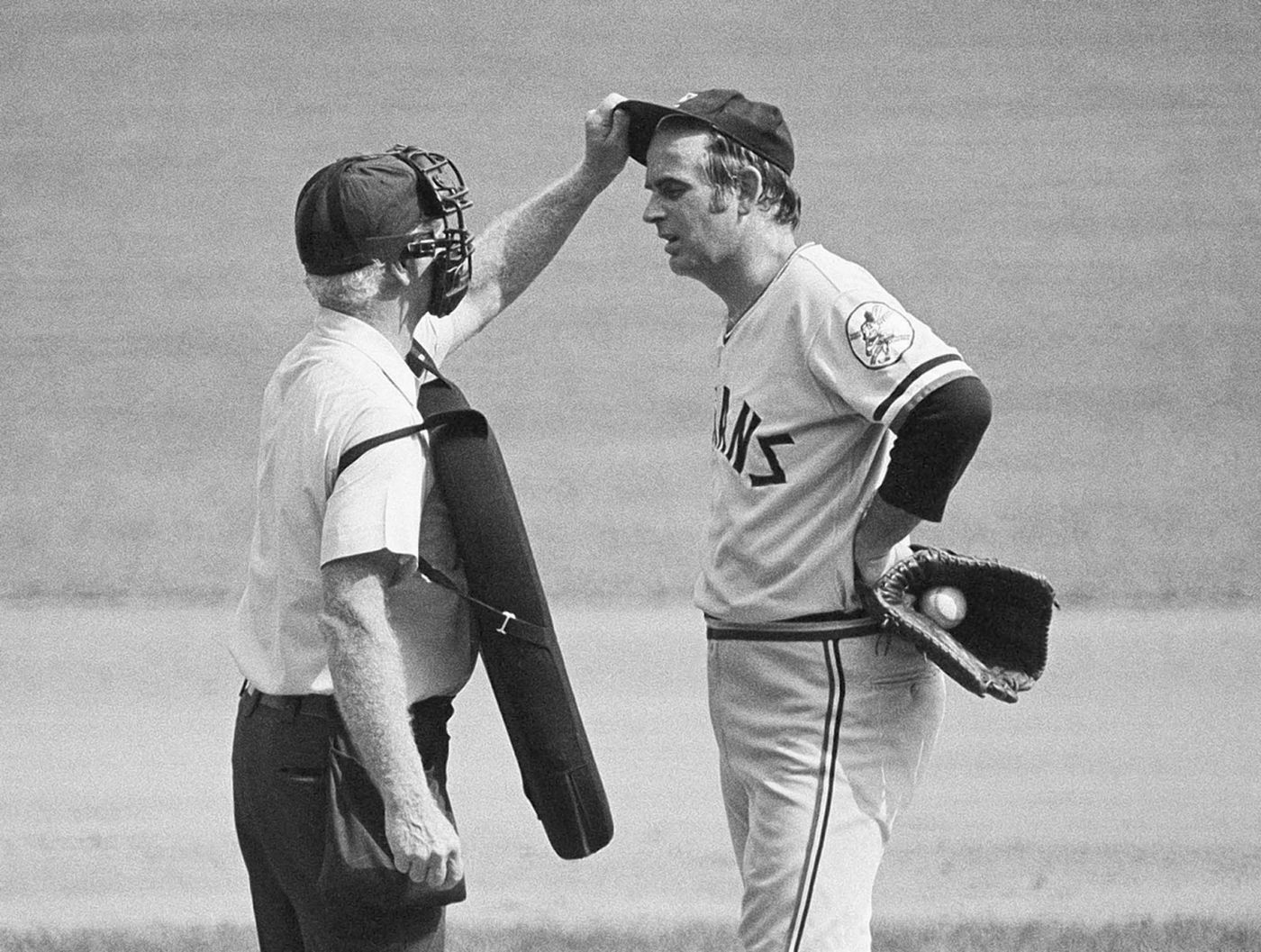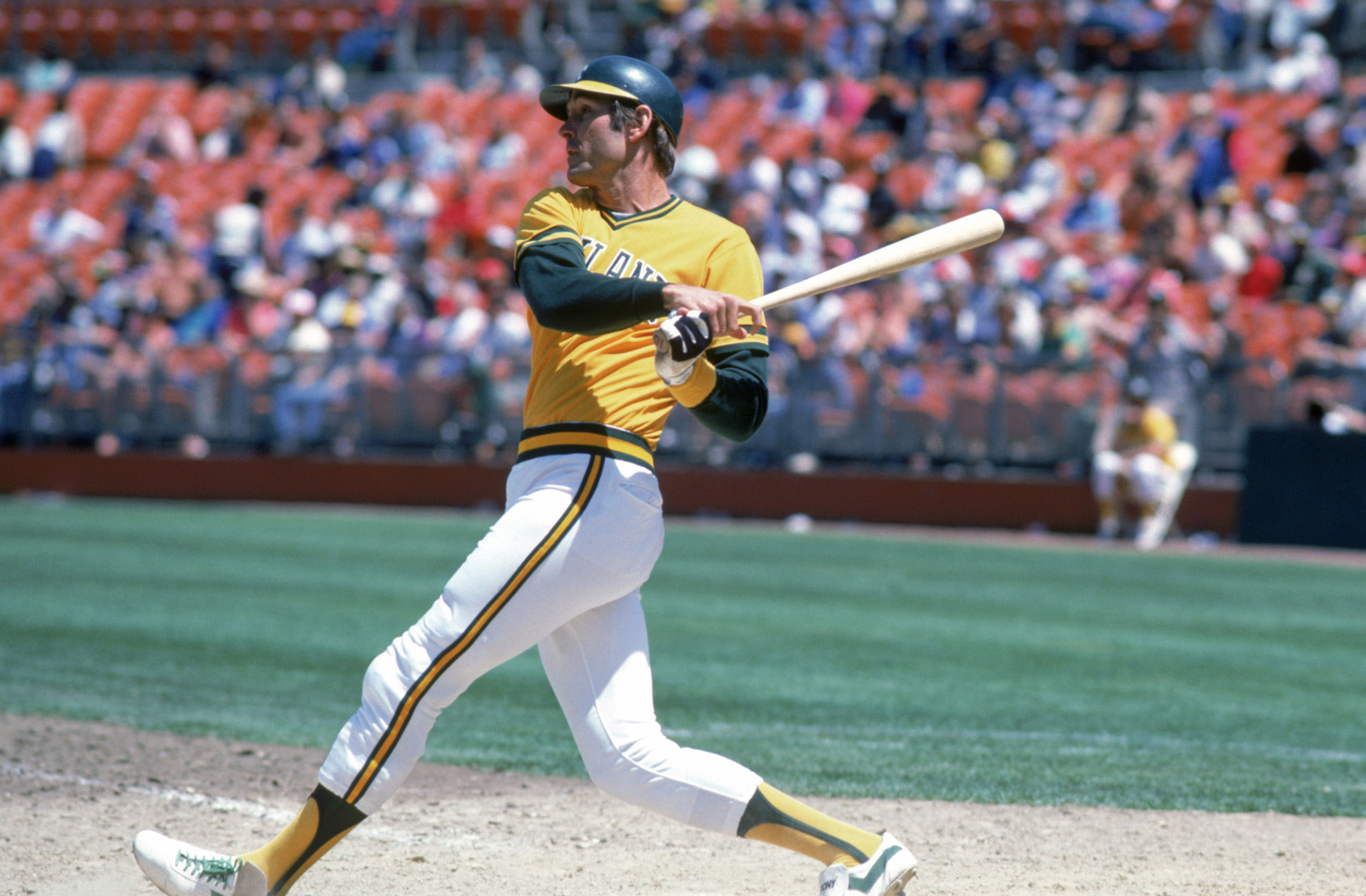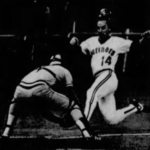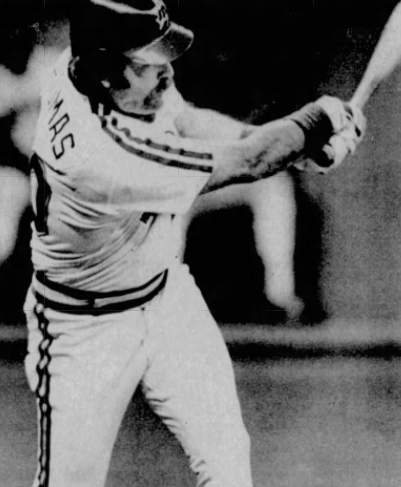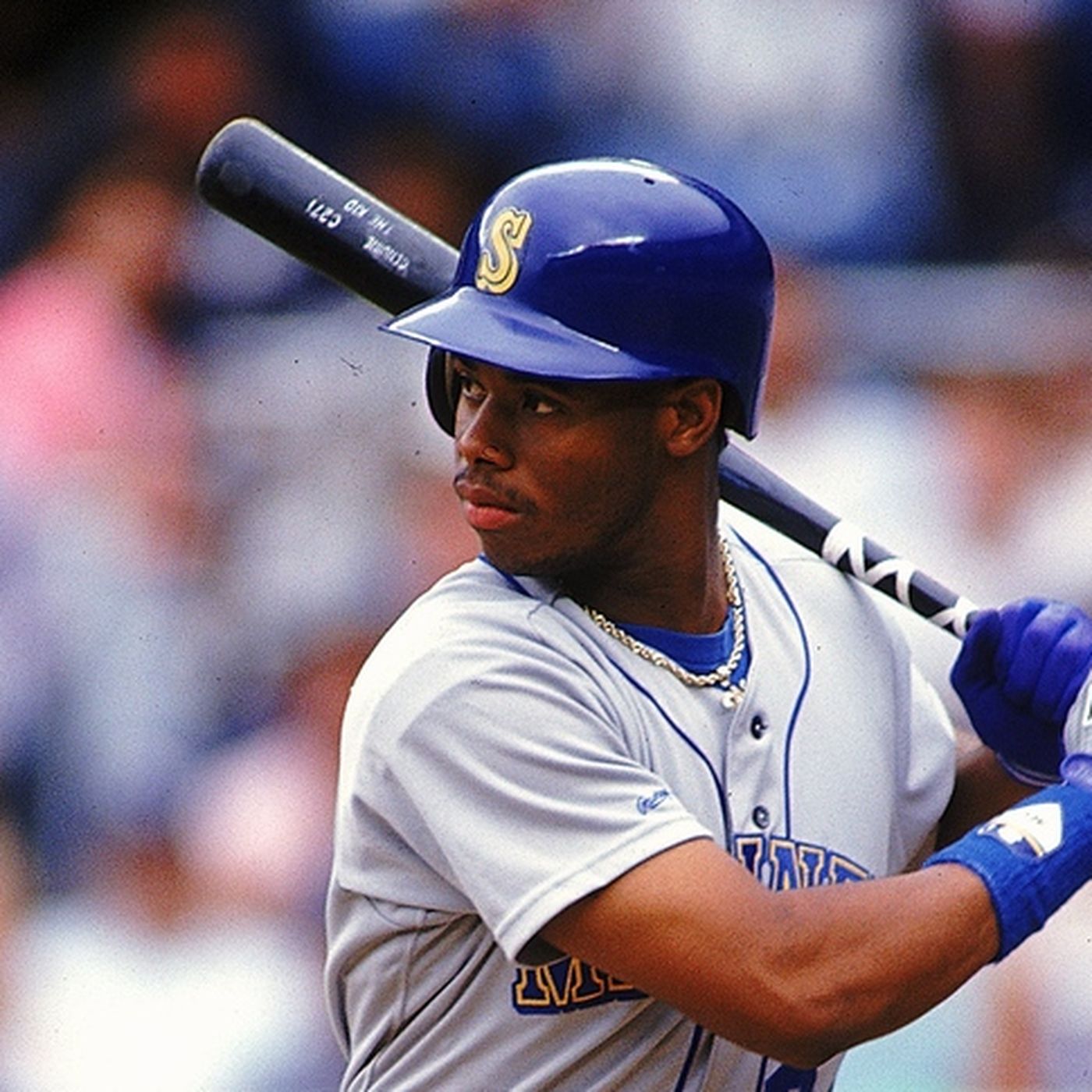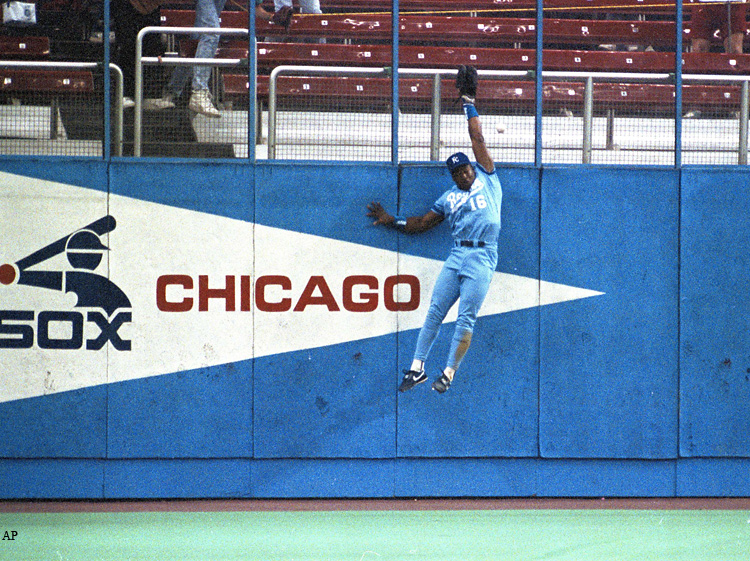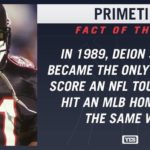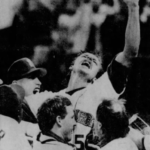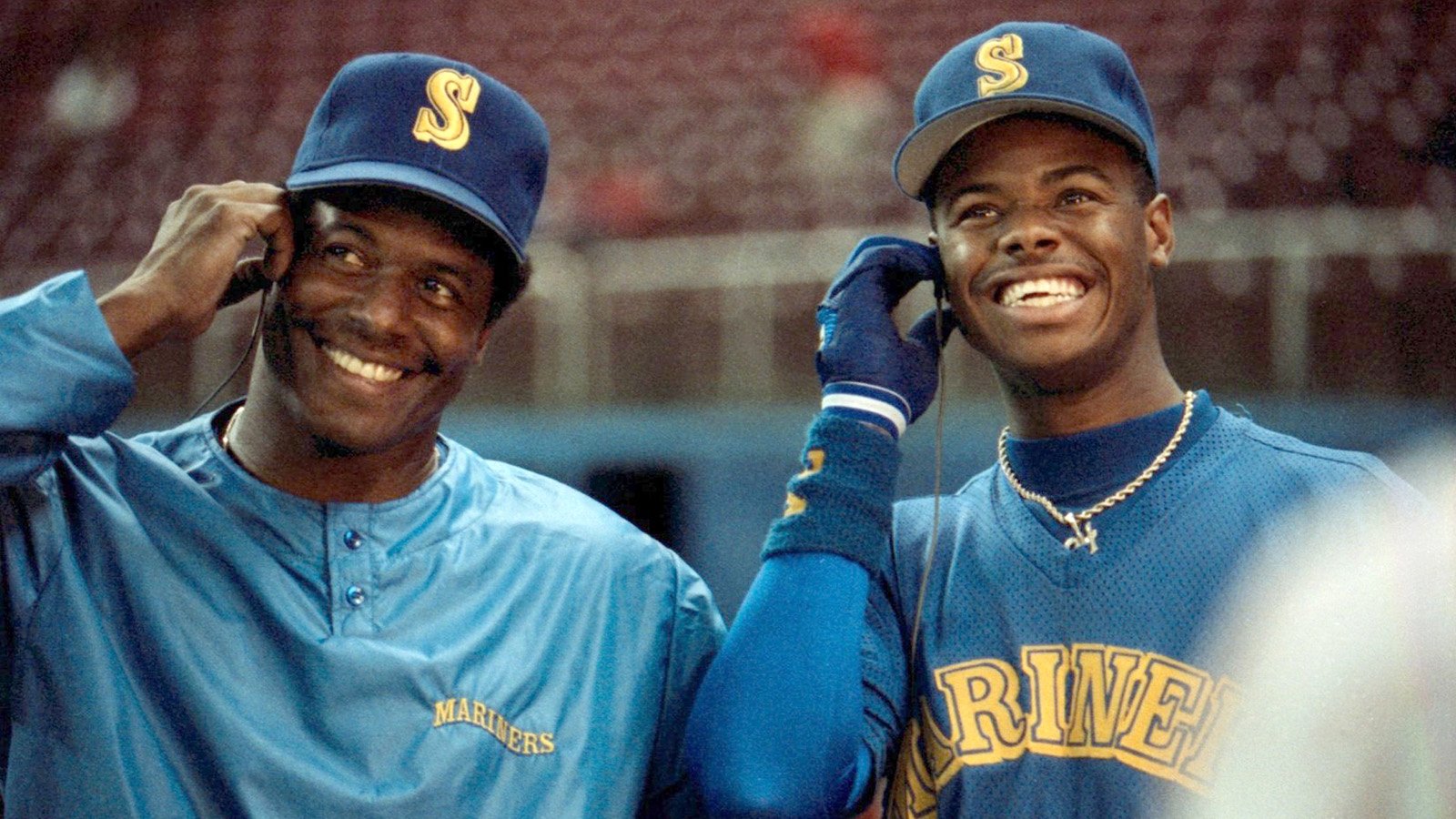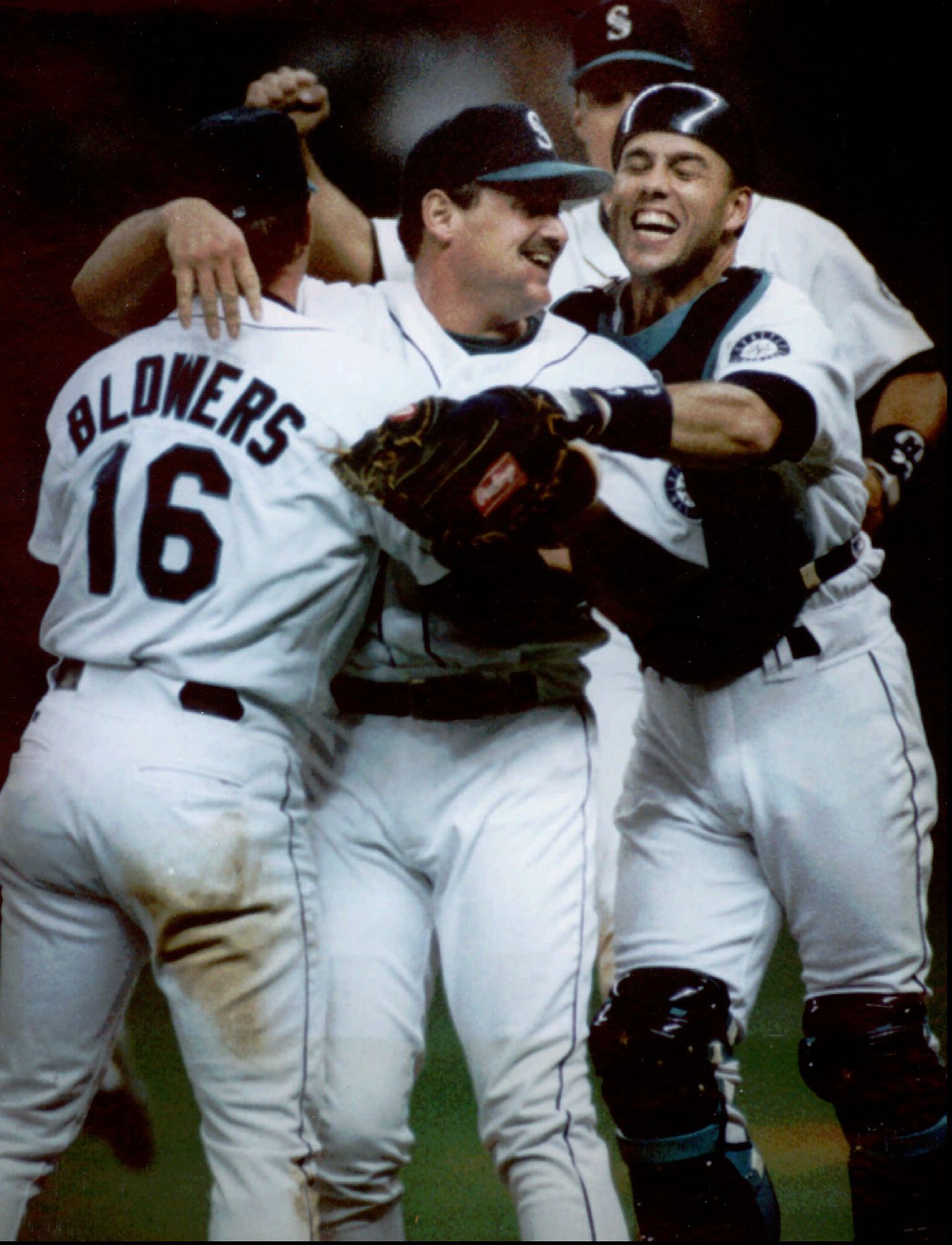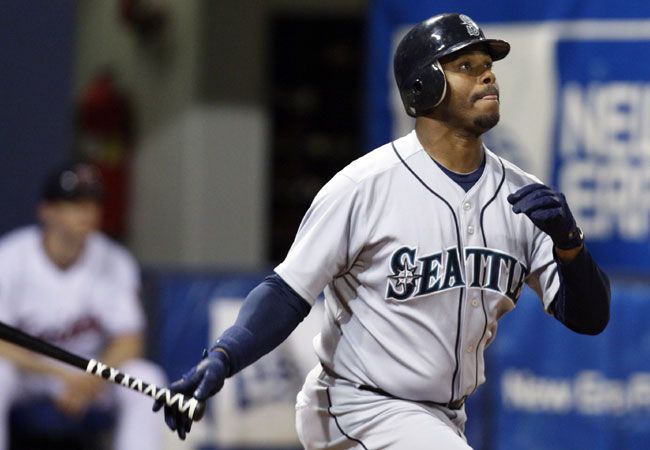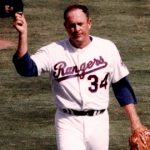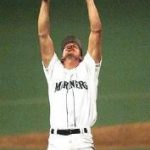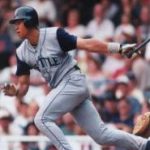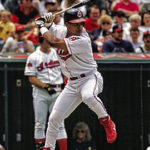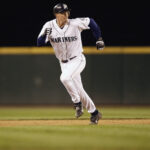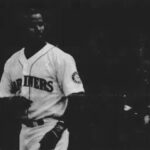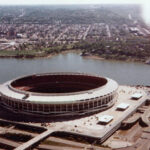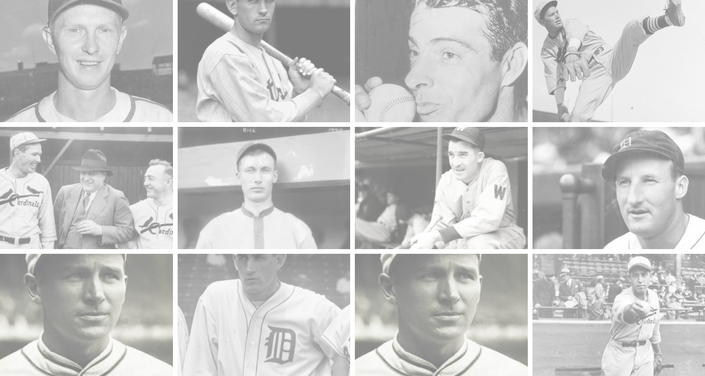Kingdome,,Seattle,WA,US
Ball Park First Game
Date – 04/06/1977 (1)
Starting Pitchers – vs. Angels: 04/06/1977
Final Score 7-0 (CAL)
Attendance – 57,762
Starting Pitchers Diego Segui (SEA); Frank Tanana (CAL)
First Batter – Jerry Remy (CAL) Result – Walked
First Hits – Don Baylor (CAL),Doubled to RF (1st)
First Run – Jerry Remy (CAL)
First RBI – Don Baylor (CAL)
First Homerun – Joe Rudi (CAL) vs. Diego Segui (SEA) on 04/06/1977 (3rd inning)
First Grandslam – Joe Rudi (CAL) vs. Glenn Abbott (SEA) on 04/10/1977 (1st inning)
First Inside Park Homerun – Ruppert Jones (SEA) vs. Sparky Lyle (NYA) on 08/06/1977 (7th inning)
First No Hitter – Randy Johnson (SEA) vs. Tigers on 06/02/1990
Ball Park Lasts
Last Game – vs. Rangers: 06/27/1999, Final Score – 5-2 (SEA)
Attendance – 56,530
Starting Pitchers – Freddy Garcia (SEA); Aaron Sele (TEX), Winning Pitcher – Freddy Garcia (SEA) Losing Pitcher – Aaron Sele (TEX)
Last Batter – Rusty Greer (TEX), result – Flied to LF
Last Hit – David Bell (SEA), Singled to RF (8)
Last Run – David Bell (SEA), Last RBI – Edgar Martinez (SEA)
Last HR – Ken Griffey Jr. (SEA) vs. Aaron Sele (TEX) on 06/27/1999 (1st inning)
Last Grand Slam – Butch Huskey (SEA) vs. Joe Mays (MIN) on 05/17/1999 (6th inning)
Last Inside The Park Homerun – Dan Wilson (SEA) vs. Frank Castillo (DET) on 05/03/1998 (1st inning)
Last No Hitter – Chris Bosio (SEA) vs. Red Sox on 04/22/1993
TRIVIA –
Switch-hitter Larry Milbourne hit only two home runs in 1978 and both came in the same game on July 15. The first was hit off Mike Paxton from the left side of the plate and the second came against Don Hood from the right side of the plate; When Gaylord Perry beat the Yankees, 7-3, on May 6, 1982 he became the 15th pitcher to win 300 career games; On September 19, 1982 Seattle’s Orlando Mercado belted a grand slam for his first major league hit;
Shortly after the Pilots’ departure for Milwaukee, the city of Seattle, King County, and the state of Washington sued the American League claiming a breach of contract. The league agreed to grant Seattle another franchise in exchange for dropping the lawsuit, and the team that would later be known as the Seattle Mariners was born. The Mariners held their first game at the Kingdome on April 6, 1977, against the California Angels.
The Kingdome was somewhat problematic as a baseball venue. Foul territory was quite large, and seating areas were set back far from the playing field, with seats in the upper deck as far as 617 feet (188 m) from home plate. Additionally, most fans in the 300 level were unable to see parts of right and center field; these areas were not part of the football playing field.
For most of the Mariners’ first 18 years, their poor play (they did not have a winning season until 1991) combined with the Kingdome’s design, led to poor attendance and led some writers and fans to call it “the Tomb” and “Puget Puke.” After their inaugural home opener, the Mariners didn’t have another regular-season sellout until 1990. At one point the Mariners covered seats in the upper decks in right and right-center with a tarp in order to make the stadium feel “less empty”. Additionally, the Kingdome’s acoustics created problems for stadium announcers, who had to deal with significant echo issues. However, when the team’s fortunes began to change in the mid–1990s and they began drawing large crowds, especially in the post-season, the noise created an electric atmosphere and gave the home team a distinct advantage similar to the effect on football games.
Despite its cavernous interior, the Kingdome’s field dimensions were relatively small. It had a reputation as a hitter’s park, especially in the 1990s when Ken Griffey, Jr., Edgar Martínez, Jay Buhner, Alex Rodriguez and other sluggers played there.
The large number of in-play objects—speakers, roof support wires and streamers—contributed to an “arena baseball” feel. The Kingdome was somewhat improved in 1982 with the addition of a 23-foot (7.0 m) wall in right field nicknamed the “Walla Walla” (after Walla Walla, Washington),” featuring a new out of town scoreboard. In 1990, new owner Jeff Smulyan added some asymmetrical outfield dimensions.
The most noteworthy baseball game in the Kingdome’s history took place on October 8, 1995, when the Seattle Mariners defeated the New York Yankees 6–5 in 11 innings in the rubber game of the American League Division Series in front of 57,411 raucous fans.
One game between the Mariners and the Cleveland Indians in the Kingdome was suspended in the home half of the seventh inning because of a minor earthquake, on May 2, 1996. The earthquake occurred during a pitching change as Indians’ pitcher Orel Hershiser was walking off the mound following a home run by Edgar Martínez. After an inspection by engineers, the game was continued the next evening, resulting in a win for the Indians.
1994 ceiling collapse
The Kingdome’s roof had been problematic from the beginning. Leaks were discovered in the roof two months before the stadium opened, and several attempts at repairs made the situation worse and/or had to be undone. In 1993, the county decided to strip off the outer roof coating and replace it with a special coating. Sandblasting failed to strip the old roof material off, and the contractor changed its method to pressure washing. This pressure-washing resulted in water seepage through the roof, and on July 19, 1994, four 26-pound (12 kg), waterlogged acoustic ceiling tiles fell into the seating area. The tiles fell while the Mariners were on the field preparing for a scheduled game against the Baltimore Orioles, a half-hour before the gates were to open for fans to enter the stadium. As a result, the Kingdome was closed.
The Mariners were forced to play the last 20 games of the 1994 season on the road after the players’ union vetoed playing the “home” games at Cheney Stadium in Tacoma, BC Place Stadium in Vancouver, British Columbia, or some neutral site, as the union believed its members should only play in major-league venues. The extended road trip could have lasted over two months, but was shortened due to the 1994 Major League Baseball strike, which began on August 12. The Seahawks had to play both preseason games and the first three regular-season home games of the 1994 regular season at nearby Husky Stadium.
The Kingdome held a reopening ceremony the weekend of November 4–6, 1994, which culminated with the Seahawks returning to the stadium for a regular-season game against the Cincinnati Bengals. Repairing the roof ultimately cost US$51 million and two construction workers lost their lives in a crane accident during the repair. The incident also motivated plans to replace the stadium.
Replacement
On September 19, 1995, King County voters defeated a ballot measure that would have funded the construction of a new baseball-only stadium for the Mariners. However, the following month, the Mariners made it to the MLB postseason for the first time, and defeated the New York Yankees in the decisive 5th game of the 1995 American League Division Series on the heels of a walk-off game-winning double hit by Edgar Martinez. The Mariners’ postseason run demonstrated that there was a fan base in Seattle that wanted the team to stay in town, and as a result, the Washington State Legislature approved a separate funding package for a new stadium.
The Mariners played their final game in the Kingdome on June 27, 1999, and played their first game at their new home, Safeco Field, on July 15, nearly 3 weeks later. The Seahawks, meanwhile, temporarily relocated to Husky Stadium following the 1999 season while the Kingdome was demolished, their new stadium, Qwest Field, was being built on the Kingdome’s footprint, and would open on time for the 2002 NFL season.
Demolition
Controlled Demolition, Inc. demolished the Kingdome by implosion on March 26, 2000 (one day before the 24th anniversary of the Kingdome’s opening), setting a record recognized by Guinness World Records for the largest building, by volume, ever demolished by implosion.
The Kingdome was the first large, domed stadium to be demolished in the United States and the demolition of the Kingdome was the first live event covered by ESPN Classic. The Kingdome was demolished before the debt issued to finance its construction was fully paid and as of September 2010, residents of King County are still responsible for more than $80 million in debt on the demolished stadium.


